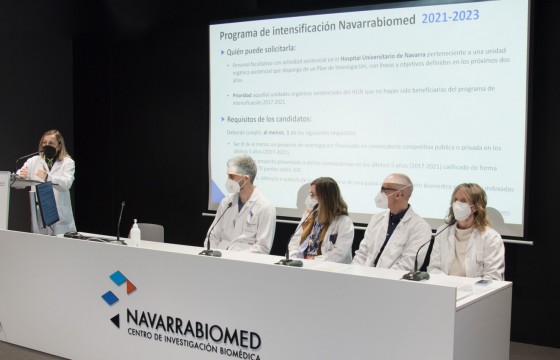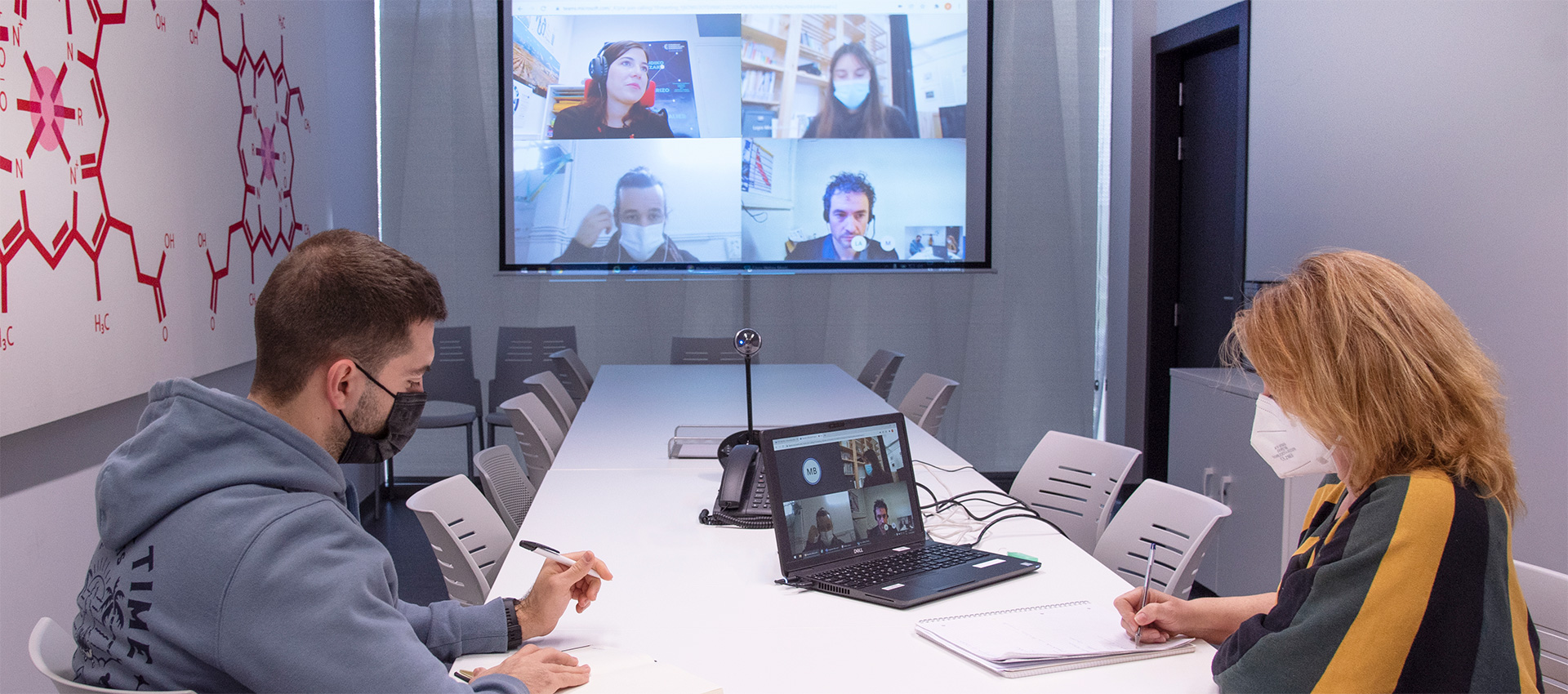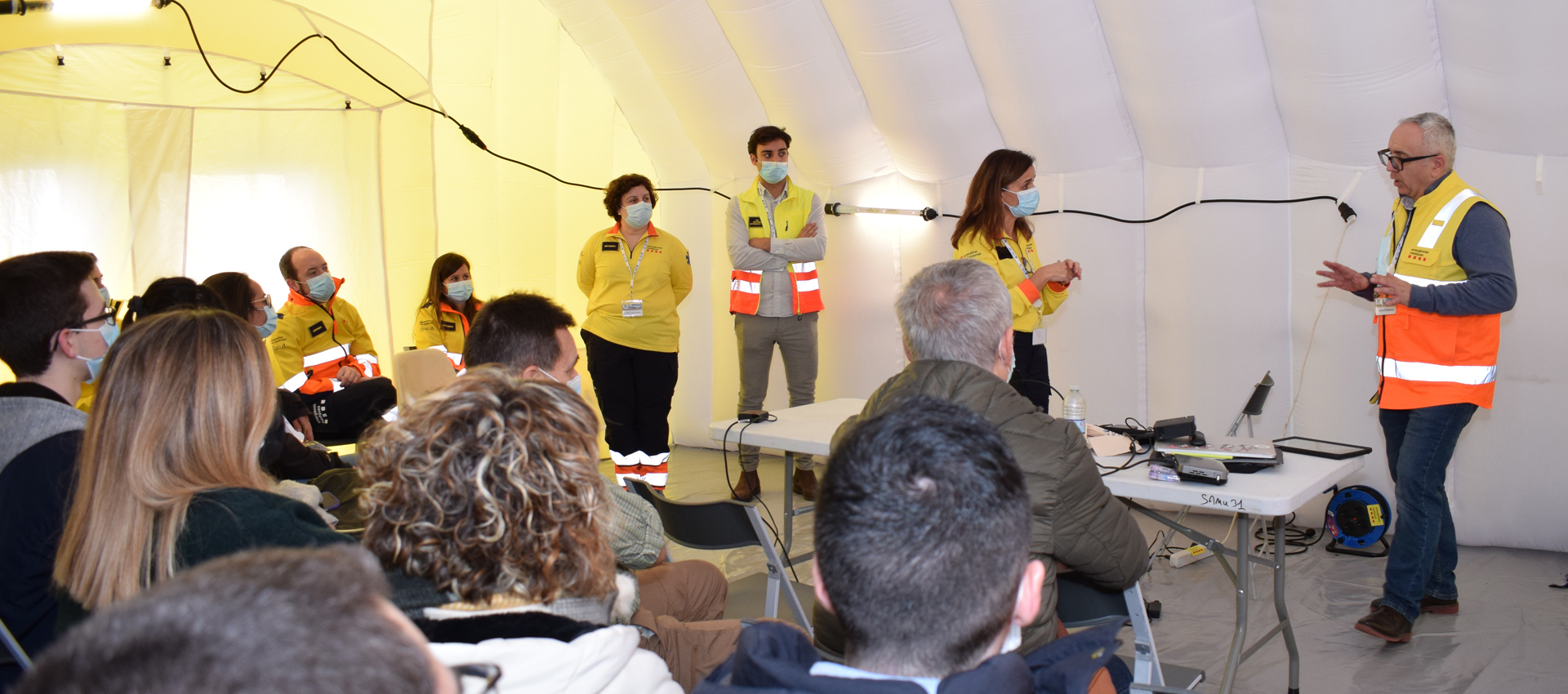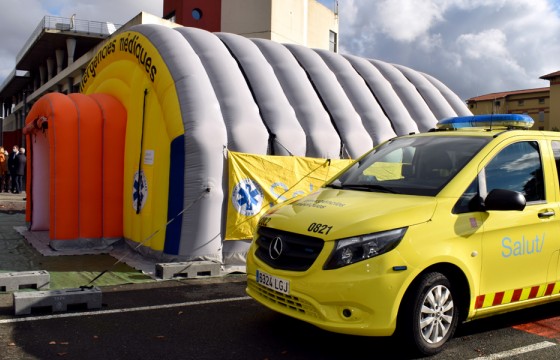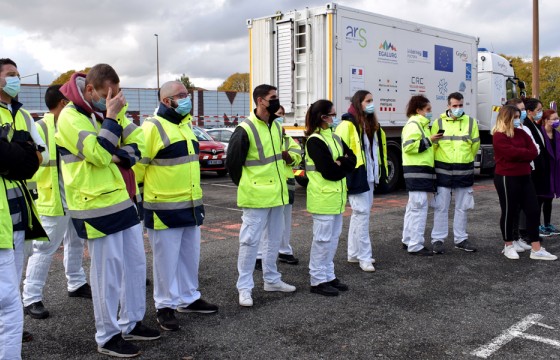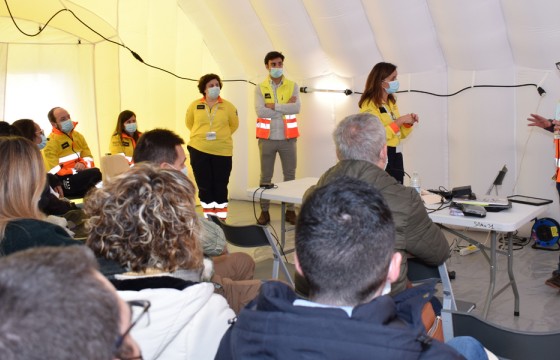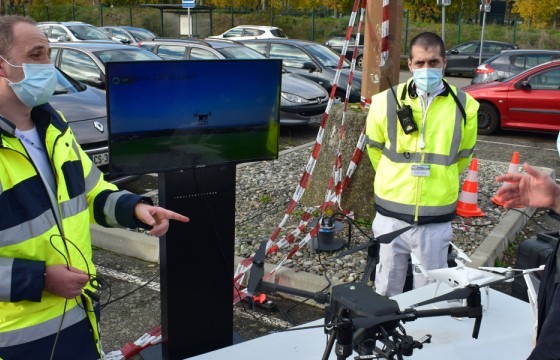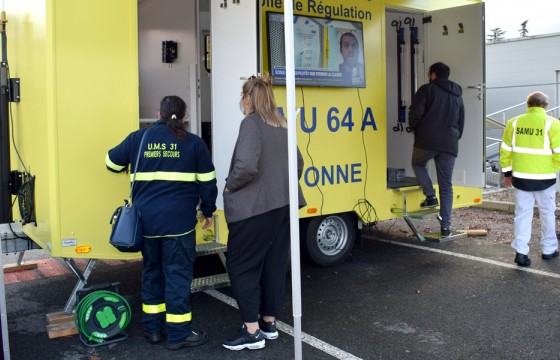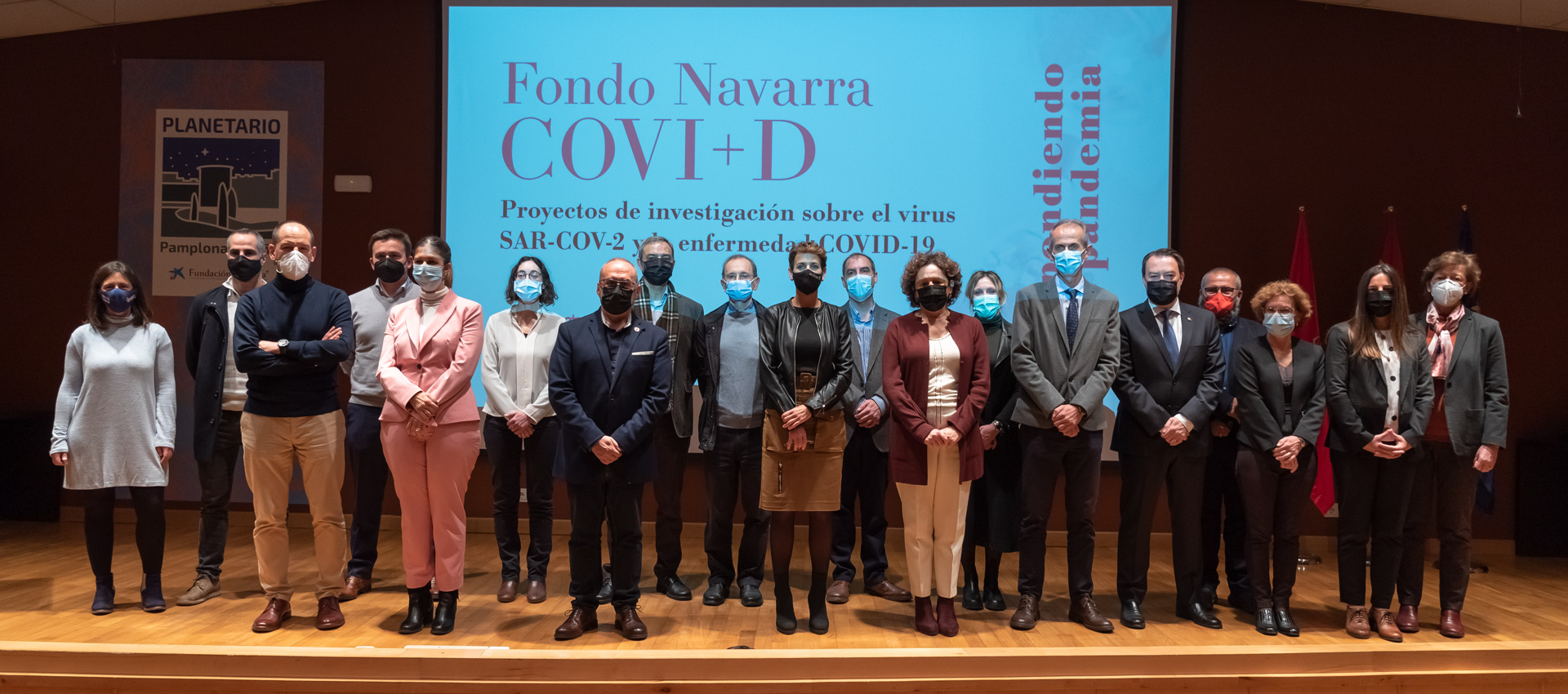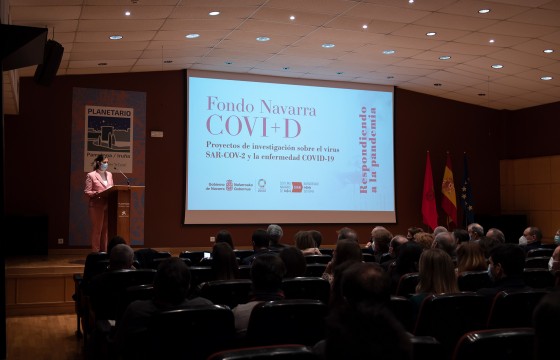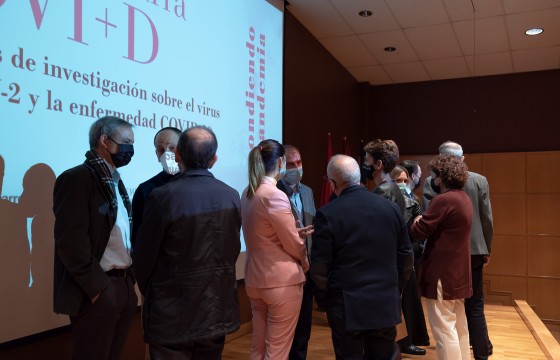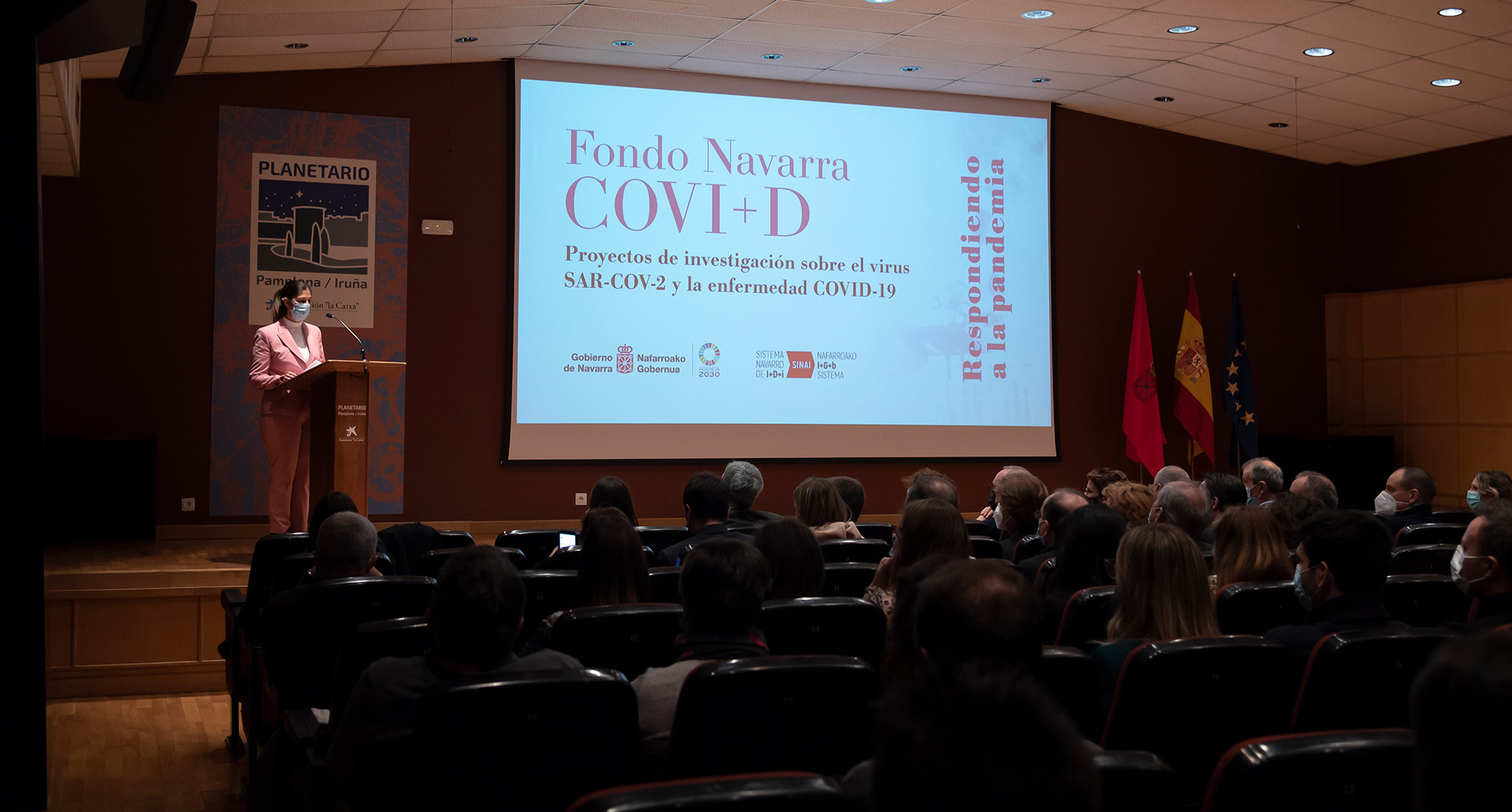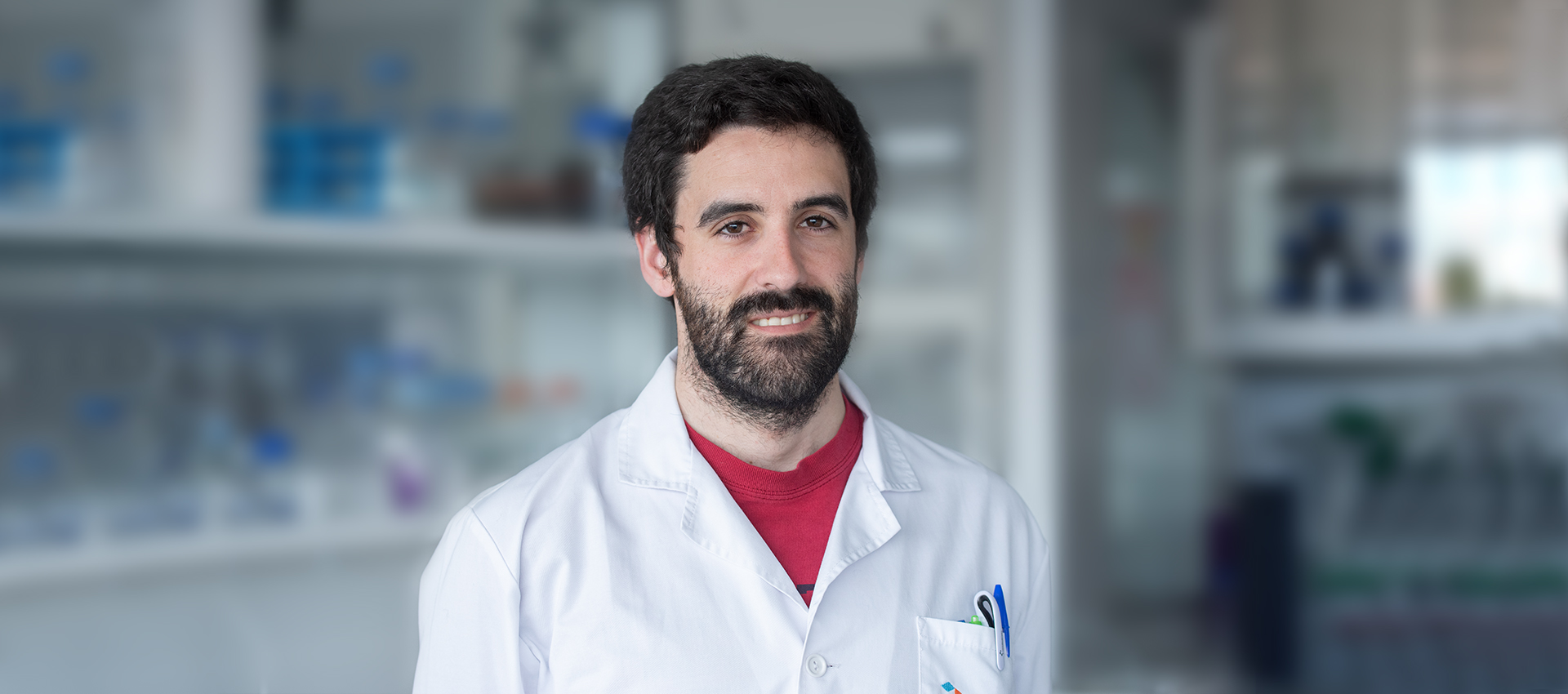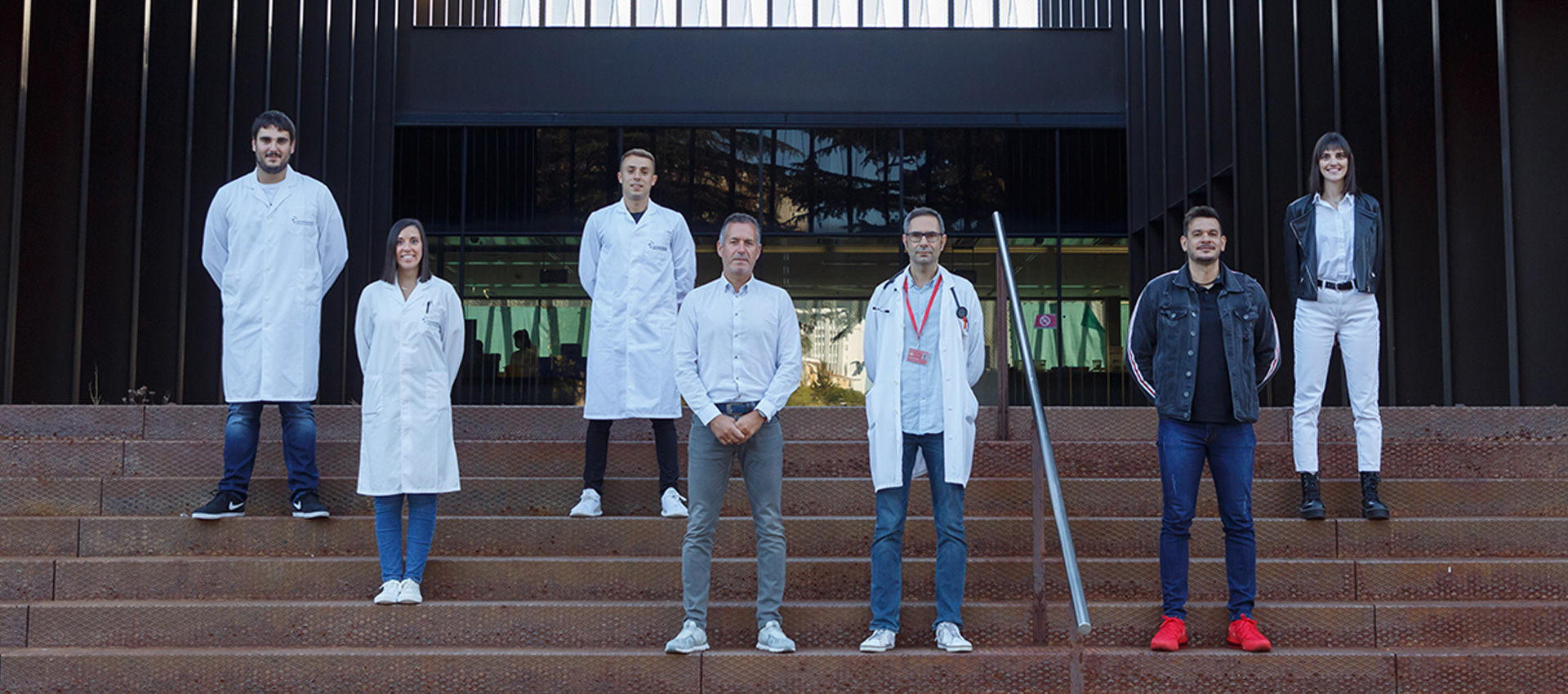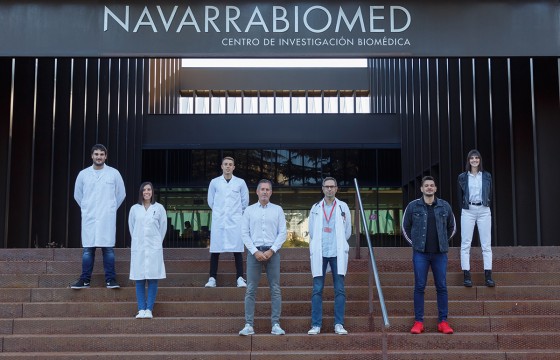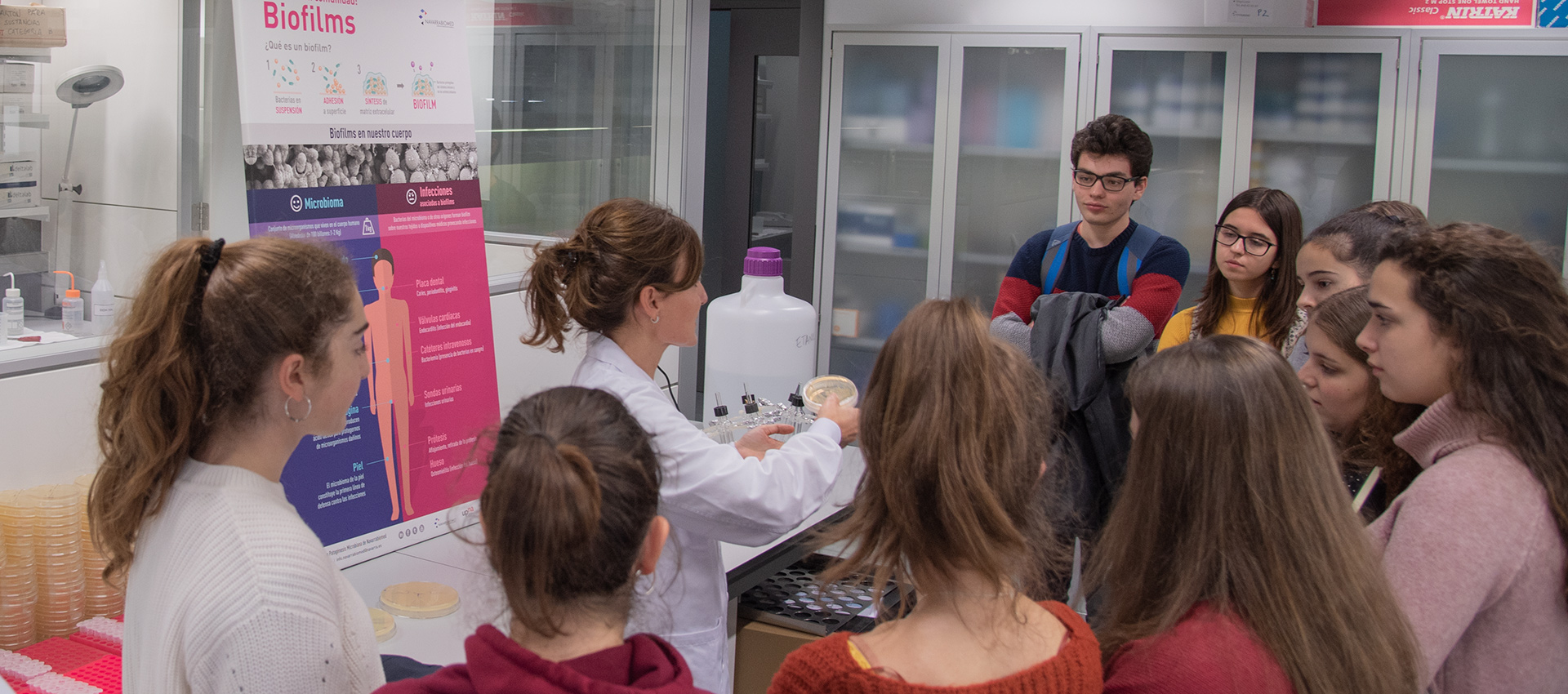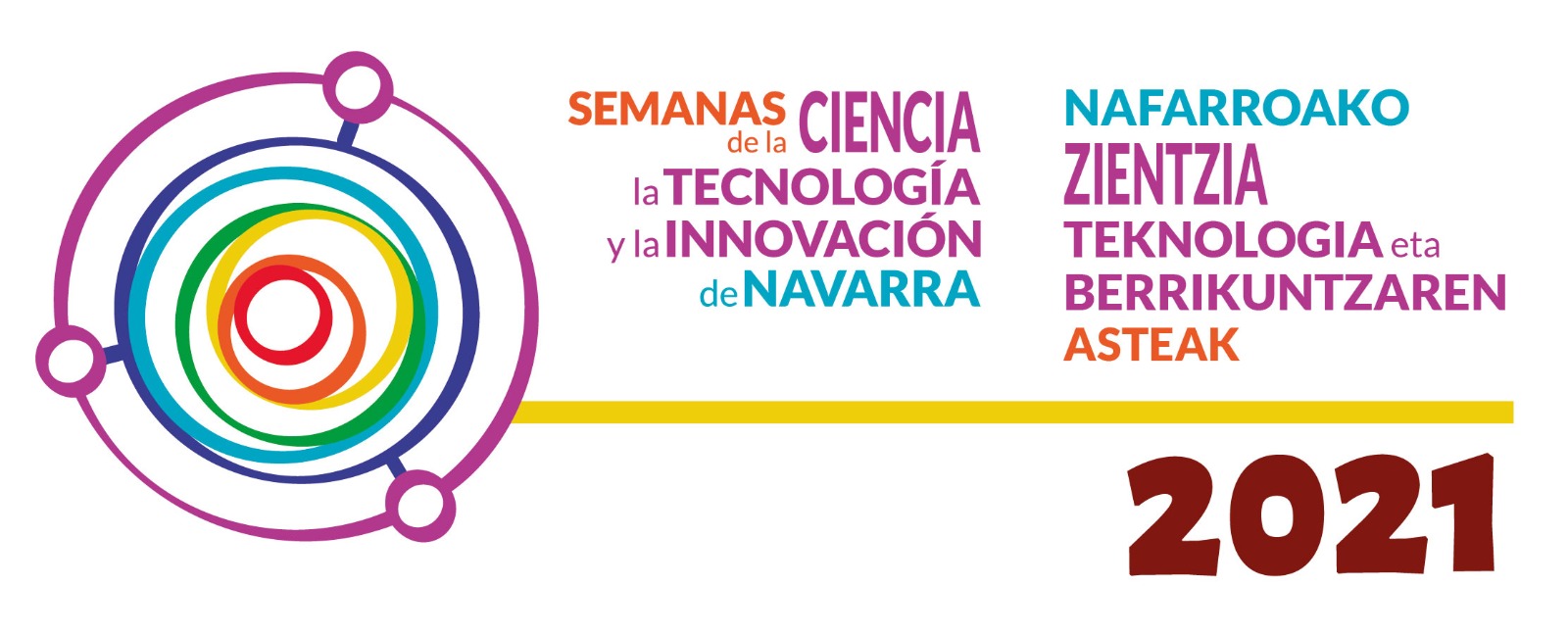Amaya Urdánoz will present her doctoral thesis on Tuesday, July 5th

The predoctoral researcher of the Neuroepigenetics Unit of Navarrabiomed, Amaya Urdánoz Casado, will be sitting her viva from the Public University of Navarra next Tuesday, July 5th at 11:00 in the Assembly Hall of Navarrabiomed.
The doctoral work, entitled "Identification of circRNAs as candidate epigenetic biomarkers in Alzheimer's disease”, has been developed at Navarrabiomed under the direction of Maite Mendioroz Iriarte and Idoia Blanco Luquin.
This research focuses on Alzheimer's disease (AD), a neurodegenerative, chronic and, at the moment, irreversible disease that represents the first cause of age-related dementia. It is postulated that circular RNAs (circRNAs) play important roles in brain homeostasis, as well as in the development of neurodegenerative diseases.
The objective of this doctoral thesis is to identify, in patients with AD compared to controls, circRNAs with differential expression in the human entorhinal cortex (CE), a brain region especially vulnerable to AD. To do this, the study of the expression of circRNAs is proposed using a candidate gene and a genome-wide approach.
In the former, candidate gene approach, 10 genes were selected, whose role in AD had already been described in the literature and from which circRNAs originated. 6 circRNAs derived from the APP, ADAM10, CDR1 and HOMER1 genes were identified, of which 4 showed a differential expression in EC between patients with AD and controls. In addition, three potential circRNAs derived from the TREM2 gene were identified for the first time in the EC.
In the second genome-wide approach, new circRNAs differentially expressed in the EC were identified that so far had not been associated with the development of the disease by transcriptome sequencing in patients with AD with respect to controls. In addition, several circRNA-miRNA-mRNA interaction networks (competitive endogenous RNA network, ceRNET) were predicted.
The results obtained show the deregulation of a series of circRNAs in the EC affected by AD with respect to controls, suggesting their potential involvement in the pathogenesis of the disease.
Disclosure of results and financing
The work carried out has resulted in a scientific publication in the International Journal of Molecular Sciences, “Gender-Dependent Deregulation of Linear and Circular RNA Variants of HOMER1 in the Entorhinal Cortex of Alzheimer's Disease”.
In addition, it has been disseminated at several national and international congresses, the Alzheimer's Association International virtual Conference Satellite Symposium, the 15th International virtual Conference on Alzheimer's and Parkinson's Diseases: Mechanisms, Clinical Strategies and promising Treatments of Neurodegenerative Diseases or at the BraYn Conference: Second brainstorming research assembly for young neuroscientists.
For the development of the thesis, Amaya Urdánoz has received several grants for the recruitment of doctoral students by companies and research and knowledge dissemination organizations: industrial doctoral students 2018-2020 and grants for the financing of a predoctoral contract in health sciences and technologies in the period 2019-2022, both funded by the Government of Navarra. She also received an Erasmus scholarship for her stay at Karolinska Intitutet and an aid for the mobility of doctoral students - UPNA Congresses (2021) to attend, with a communication of her research, the 15th International virtual Conference on Alzheimer's and Parkinson's Diseases: Mechanisms, Clinical Strategies and promising Treatments of Neurodegenerative Disease.




